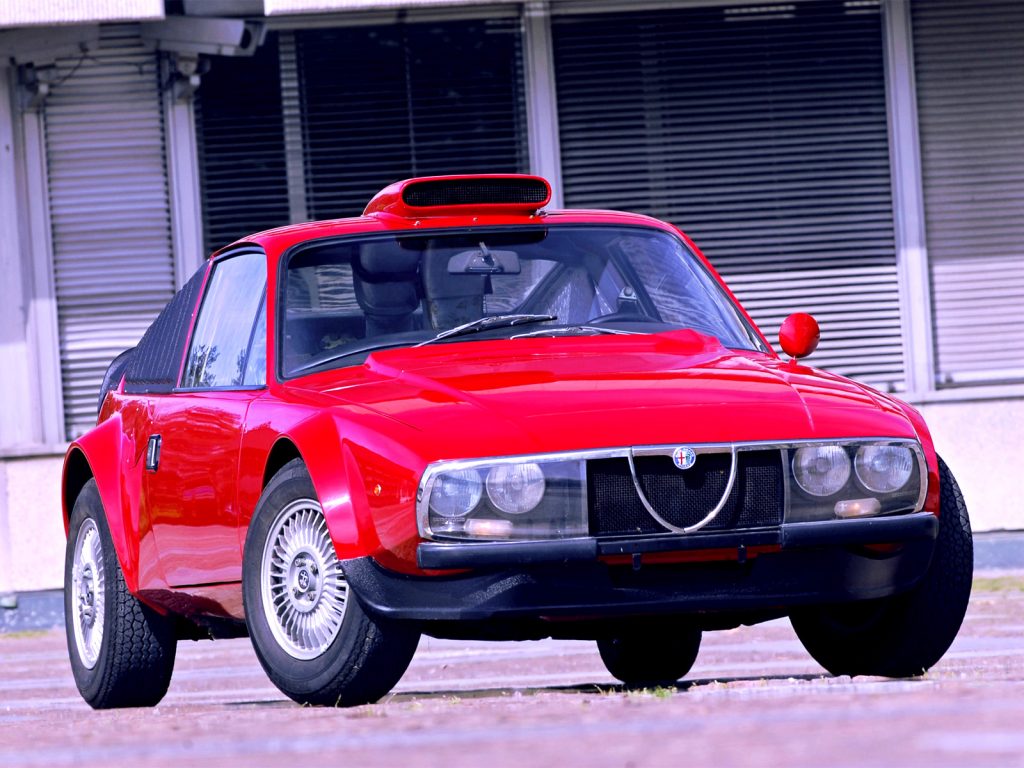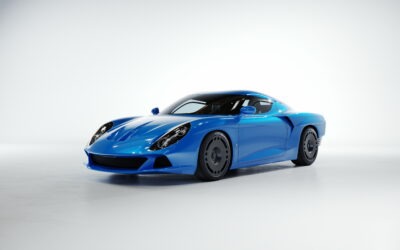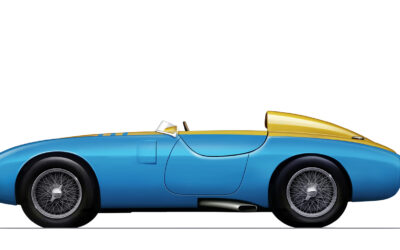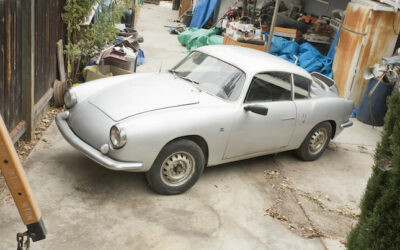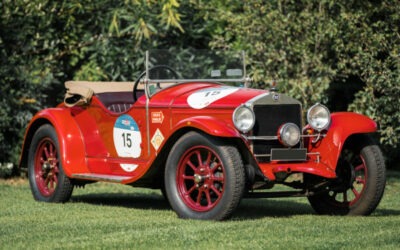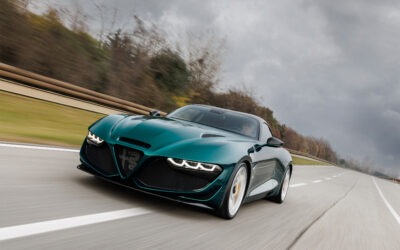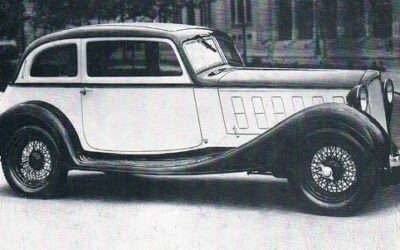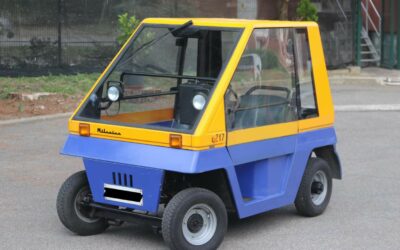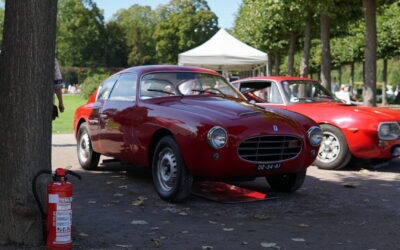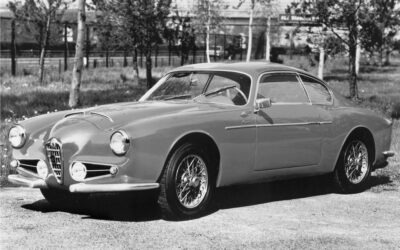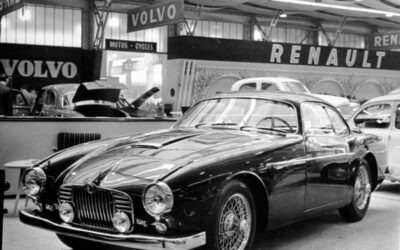







Alfa Romeo Junior Zagato Periscopica
The Alfa Romeo Junior Z GT 2000 Periscopica, is a prototype that was developed by the research department of Alfa Romeo in 1972. It features a Zagato body designed by Ercole Spada. Curious is the fact that the series production model of the Junior Zagato was built on the Giulia chassis, while this was built on an Alfetta chassis. Its structure was as strange as innovative.The front part, a stif monocoque frame while the rear is tubular in order to allow the engine to be mounted: a 4-cylinder in-line 1962 CC, mounted in a central transverse position.
Vehicle Overview
Technical Specifications
-
Body
-
Year1972
-
MakeAlfa Romeo
-
ModelJunior
-
CoachbuilderZagato
-
Length (mm)3900
-
Width (mm)N/A
-
Height (mm)N/A
-
Units builtN/A
-
Engine Type4L
-
DesignerErcole Spada
-
MakeN/A
-
ModelN/A
-
Cylinder CapacityN/A
-
Number Of DoorsN/A
-
Six Month RateN/A
-
Twelve Month RateN/A
-
Date Of First RegistrationN/A
-
Year Of ManufactureN/A
-
CO2 EmissionsN/A
-
Fuel TypeN/A
-
Tax StatusN/A
-
TransmissionN/A
-
ColourN/A
-
Type ApprovalN/A
-
Wheel PlanN/A
-
Revenue WeightN/A
-
Tax DetailsN/A
-
Mot DetailsN/A
-
TaxedN/A
-
motN/A
-
MakeN/A
-
Cylinder CapacityN/A
-
RegistrationN/A
-
Year Of ManufactureN/A
-
CO2 MissionsN/A
-
Fuel TypeN/A
-
Tax StatusN/A
-
ColourN/A
-
Type ApprovalN/A
-
Wheel PlanN/A
-
Revenue WeightN/A
More vehicles by Zagato

- 2022 Carrozzieri Italiani Car of the Year
- Mileage n/a
Coachbuilder
- +39 02 9346621
- info@zagato.it
- https://www.zagato.it
Missing or wrong informations?
Carrozzieri-Italiani.com relies on thousend of users who help to populate the database. We do not guarantee the accuracy of the informations. Contact us if you want to contribute.

